May 13, 2025 | 10:39 GMT +7
May 13, 2025 | 10:39 GMT +7
Hotline: 0913.378.918
May 13, 2025 | 10:39 GMT +7
Hotline: 0913.378.918
At the 82nd “HUBA Entrepreneurs’ Café” seminar, recently organized by the Ho Chi Minh City Business Association, guest experts and business representatives gathered to discuss the impacts of the U.S.’ new trade policies, as well as effective response strategies. The event also highlighted opportunities for sustainable development amid global uncertainties.
The U.S. is currently Vietnam’s largest export market. The imposition of new U.S. tariffs could disrupt global supply chains and heighten trade tensions.
According to Dr. Can Van Luc, an economic expert, Vietnam is preparing for three possible scenarios following the conclusion of tariff negotiations with the U.S.
The first scenario involves the U.S. reducing its reciprocal tariffs on Vietnamese goods to 20-25%, down from an initial rate of 46%. This scenario has an estimated 60% probability of occurring. If implemented, the new tariff rate would take effect from July 9 and last for one year, with further negotiations expected to lower the rate thereafter. Under this scenario, Vietnam’s exports may decline by 1.2-1.5% compared to the baseline, foreign direct investment (FDI) could drop by 3-5%, and GDP growth is projected at 6.5-7%.
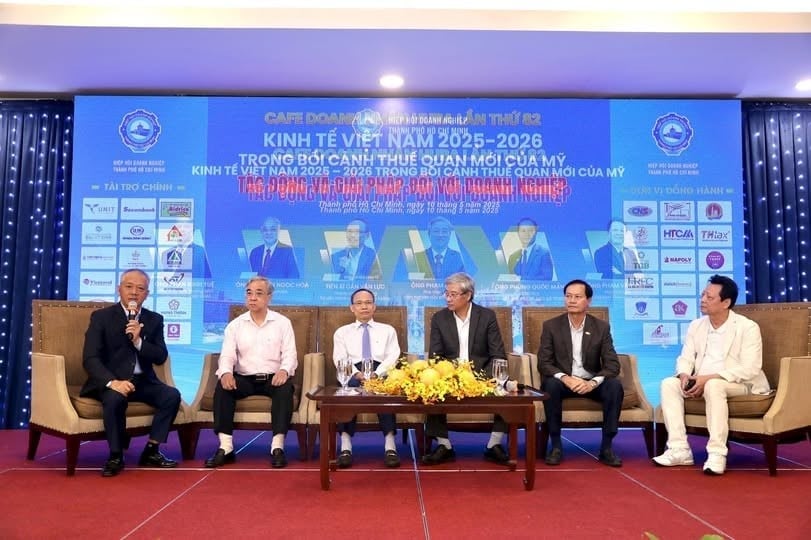
At the 82nd "HUBA Entrepreneurs' Café" seminar, guest experts and numerous businesses discussed the impacts of U.S. tariffs and effective response strategies. Photo: Pham Anh.
A more optimistic scenario is that Vietnam would only face a 10% tariff on its exports to the U.S., similar to 126 other countries. According to Dr. Can Van Luc, this scenario has a 20% probability, but if it materializes, it would be a promising outcome, raising hopes for a favorable agreement with the U.S. Under this scenario, both exports and foreign direct investment (FDI) would remain largely unaffected, GDP growth could reach 7.5–8%, and inflation would be well-controlled.
The most negative scenario is that the U.S. maintains the current 46% tariff on Vietnamese exports. Dr. Can Van Luc emphasized that at this rate, Vietnamese goods would face fierce competition from countries with lower reciprocal tariffs, potentially leading to a 5.5–6% decline in exports compared to the baseline scenario.
This impact would be particularly felt in sectors such as computers, components and electronic devices, seafood, and plastic products. FDI is projected to fall by 6–8%, and GDP growth would slow to 5.5–6%
Pressures from geopolitical risks, trade protectionism, rising logistics costs, and increasing competition from imported goods are forcing Vietnamese businesses to rethink their strategies.
According to Dr. Can Van Luc, now is the right time for Vietnamese enterprises to strengthen internal capabilities, standardize products according to global standards, diversify export markets instead of relying on a single country, and remain flexible in adapting to policy changes.
Dr. Can Van Luc believes that Vietnamese businesses can take advantage of the shifting trends in supply chains and investment to expand their market share in the U.S. or alternative markets such as ASEAN, India, and Africa.
Sharing the same view, Mr. Pham Binh An, Deputy Director of the HCMC Institute for Development Studies, stated that besides expanding export markets, businesses should also redirect their investment toward the domestic market, which is considered a strategic anchor during turbulent times.
Specifically in HCMC, Mr. An pointed out that businesses have full advantages in financial services, technology, logistics, and developed industrial zones. The domestic market not only helps stabilize output but also creates conditions for businesses to optimize costs and achieve long-term growth.
In addition to the negative impacts on the market, Mr. Pham Van Viet, Vice Chairman of the HCMC Association of Garment, Textile, Embroidery and Knitting, shares that the U.S. imposing reciprocal tariffs on exported goods to Vietnam also serves as a "wake-up call" regarding the transparency of product origin. Businesses need to review and adjust their supply chains, as well as participate more deeply in the global value chain to enhance resilience.

The textile and garment industry is aiming to increase the use of domestically sourced materials from around 40% to 60% to minimize traceability issues and optimize production costs. Photo: Minh Quang.
According to Mr. Viet, the textile and garment industry is aiming to increase the proportion of domestically sourced materials from around 40% to 60% to minimize issues related to product origin and optimize production costs.
In addition, experts suggest that businesses should focus on "greening" and "digitalizing" by developing long-term strategies aligned with ESG standards (Environmental, Social and Governance). They should also invest in new technologies to enhance efficiency and sustainability in production.
At the same time, businesses also need to closely monitor tariff developments, create cost-sharing plans with partners, and coordinate with foreign representative agencies to propose timely support policies. These solutions will help businesses not only overcome current challenges but also achieve sustainable growth during the 2025-2026 period.
Translated by Phuong Linh
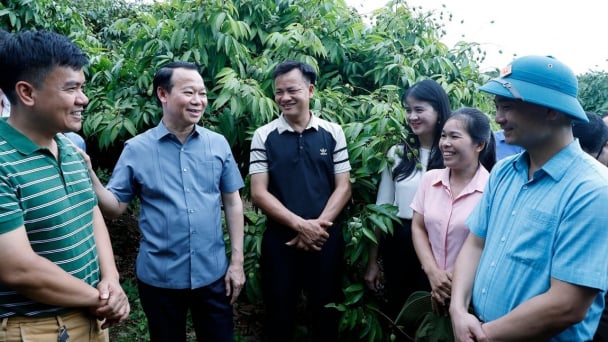
(VAN) As Bac Giang lychee enters the harvest season, Minister Do Duc Duy expects that the fruit will contribute greatly to agricultural exports due to standardized production and deep processing.
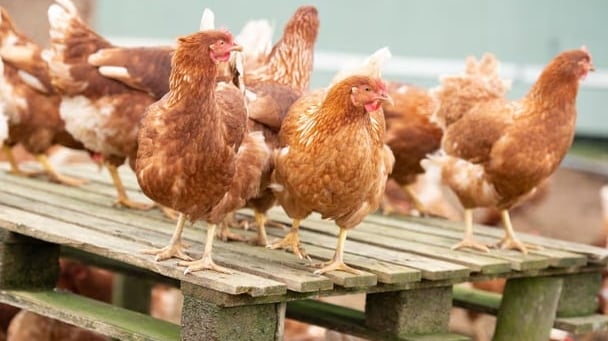
(VAN) Consumers have shown a preference for free-range eggs, but those farming systems are more vulnerable to biosecurity risks like bird flu.
/2025/05/09/5701-1-184335_301.jpg)
(VAN) Vietnam’s eel exports nearly doubled thanks to a mud-free farming model, opening up new prospects while still facing numerous barriers related to international standards.
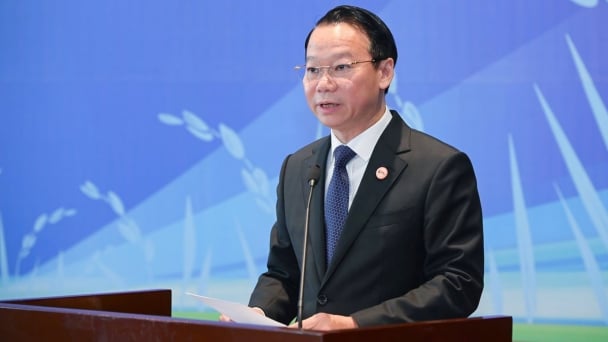
(VAN) Minister Do Duc Duy warned that if production is not professionalized and supply chains are not transparent, the U.S. market could become a growth bottleneck.
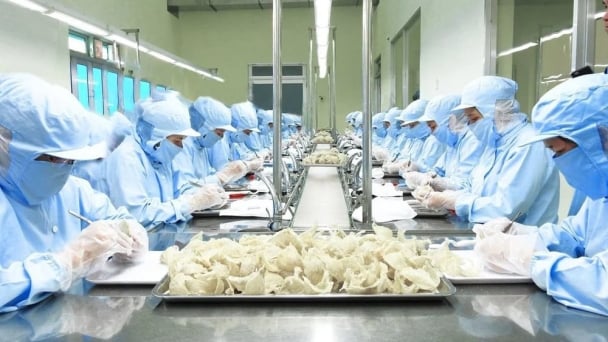
(VAN) Delegating surveillance responsibilities to local authorities is a cost-saving and efficiency-boosting measure that removes a key bottleneck for enterprises, according to Director General Duong Tat Thang.
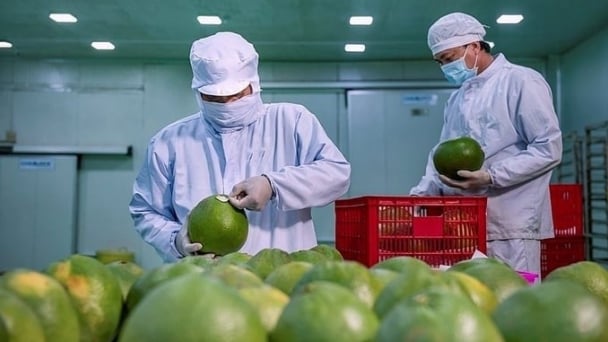
(VAN) Australia's final report on biosecurity has just been released, contributing to expanding the market for Vietnam's fruit with an output of nearly 1 million tons.